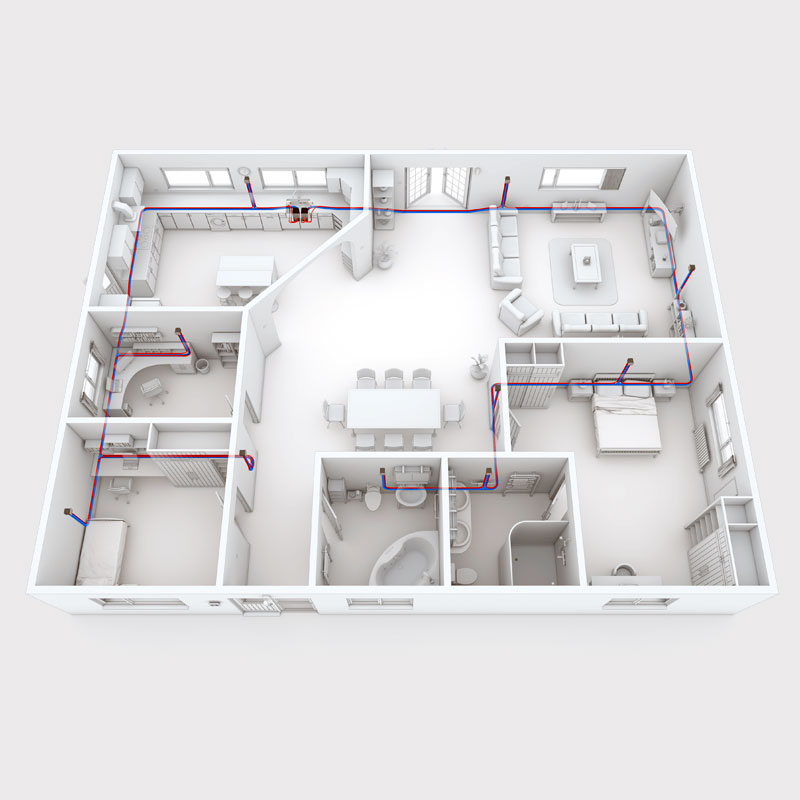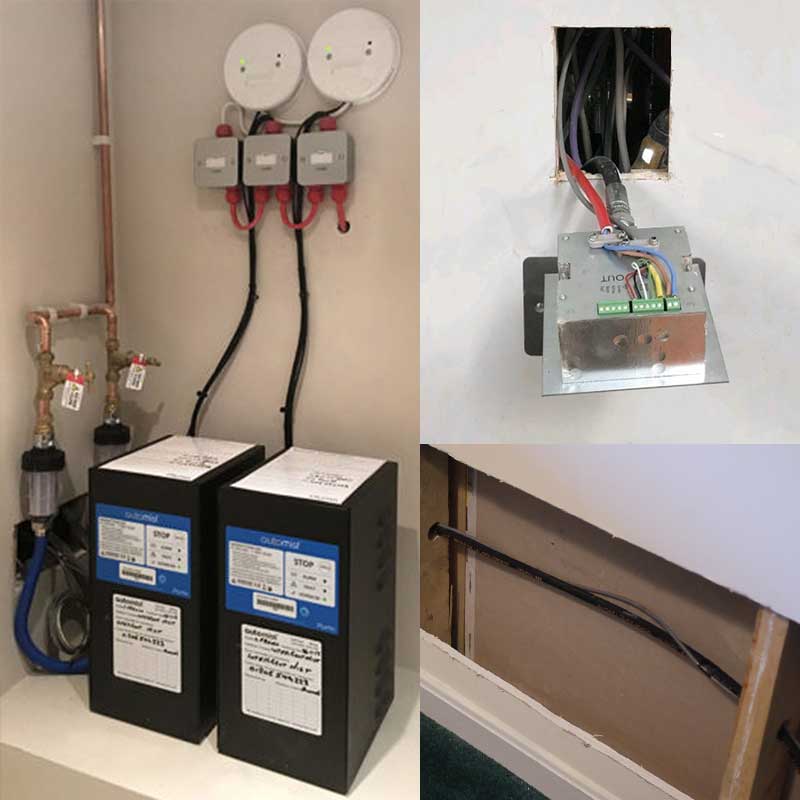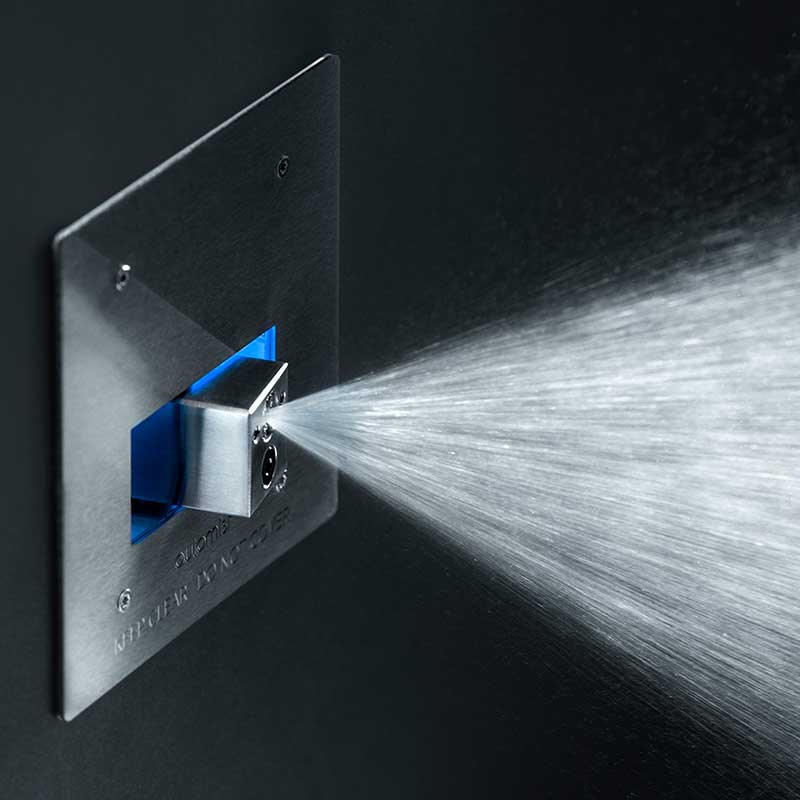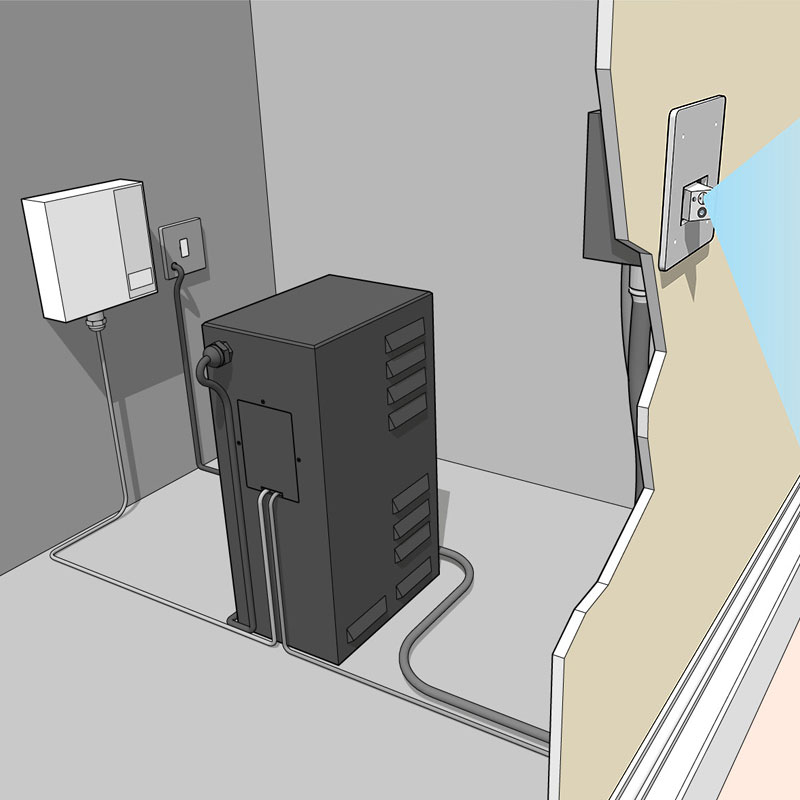Numerous studies show that the risk of unintentional death due to fires in dwellings mainly affects the most vulnerable groups of society; people who cannot self-evacuate from a fire, often including individuals who are elderly or disabled. The most common cause of death for fire-related fatalities was' overcome by gas or smoke' for fire-related fatalities in 2017/18, where the cause of death was known (30%). To reduce the number of unintentional fire deaths in dwellings, effective prevention requirements that meet the needs of the vulnerable groups identified must be specified to minimise the risks from smoke and gas.
The earlier active fire suppression systems (AFSS) are initiated, the smaller the size of the fire and, therefore, the easier it is to extinguish and minimise the exposure to smoke, heat and toxic gases. Traditionally, most residential sprinklers are fitted with 3mm glass bulbs having a nominal operating temperature of 57°C. The size and location of the fire have a significant impact on the operation of the sprinkler. This issue is magnified in large compartments where the fire growth rate is slow.
Automist is different: it raises the alarm at the earliest possible time triggered by a combined heat and smoke detector. Tests have shown Automist can address a fire two minutes before a traditional sprinkler system has operated. This is important as every second counts, particularly in the room of fire origin for vulnerable people.
The data for England show that the majority of sources of accidental fires fall into three categories: domestic appliances (approx. 70%), electrical distribution (approx. 12%) and smokers material (approx. 7%). The statistics show that most of these fires are highly likely to be oil, gas, concealed or electrical fires.
Water is only recommended for Class A fires involving solid organic materials such as wood, cloth, paper, plastics, and coal in its large gravity applied droplet form. It is not recommended for use on electrical fires, burning fat or oil. Studies show that although traditional sprinklers provide suppression eventually on oil fires, they do not do so without producing some hazard to occupants in the immediate vicinity. Anyone close to a pan of oil underneath a traditional sprinkler when it activates is at risk of third-degree burns. This is compounded due to sprinklers' slow activation times that result in a larger fire.
Watermist is capable of tackling all common domestic fires, including class A, B, C, and F type fires and fires involving electrical equipment. The droplets are so tiny that they have no adverse reaction to burning liquids and fats whilst minimising the chance of electrification.
Small droplets are drawn into the turbulence caused by the fire and entrained into the fire plume. So it is equally effective on concealed fires shielded from the nozzle and, for example, are contained within a cabinet, under a table, or in a tumble dryer.
The use of watermist as a volume protection system is beneficial because it limits the problem of obstruction. As long as water mist is pushed into the seat of the fire, studies show you can create survivable conditions even if you do not know where the fire is. This effect is even better in small compartments.
What is Automist Smartscan?
Automist Smartscan is a multi-head wall-mounted water mist system designed to tackle fire fast and effectively with minimal water damage. Perfect for enabling code compliance of large open plan spaces or providing fire protection across multiple rooms. This proven technology holds a BSi Verification Certificate.





